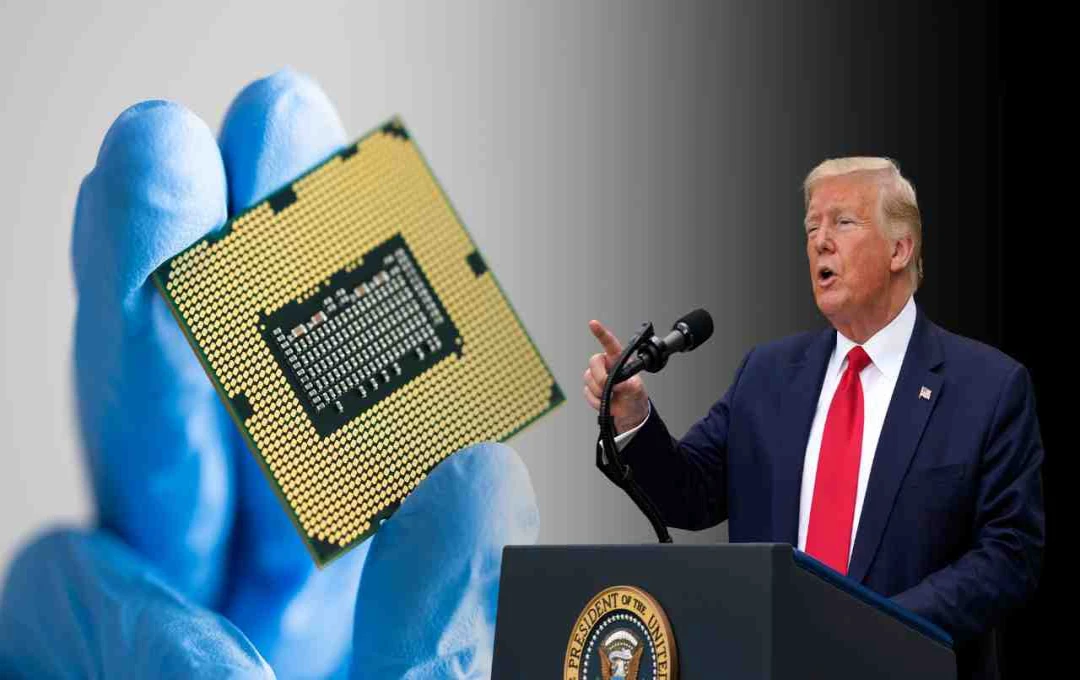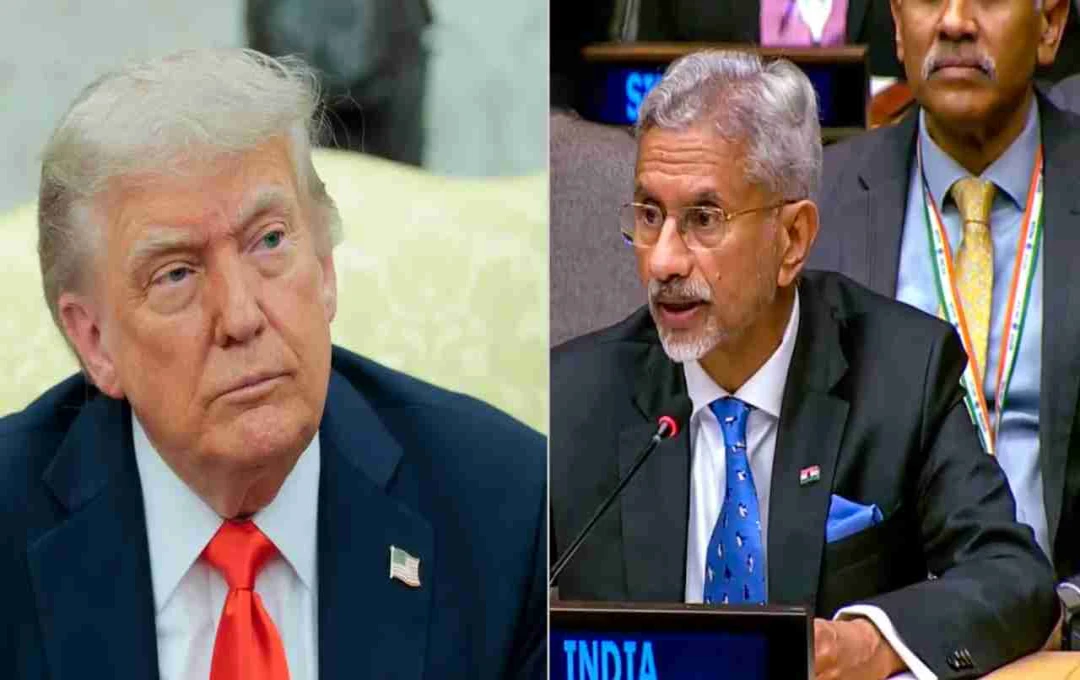U.S. President Donald Trump has announced a 100 percent tariff on semiconductor chips, causing turmoil in the global technology market. This decision could prove challenging for countries like China, India, and Japan, and could also impact the pace of India's semiconductor self-reliance.
Semiconductor Tariff: According to major news from Washington, U.S. President Donald Trump has announced a 100 percent tariff on semiconductor chips imported from around the world. This decision comes at a time when countries like India, China, and Japan are rapidly working towards becoming self-reliant in this sector. Trump has taken this step with the aim of freeing the American tech industry from foreign dependence. It is expected to directly impact global supply chains and technological partnerships.
Why was the 100 percent tariff imposed?

Donald Trump's policies have always been aggressive and focused on self-reliance. The motive behind imposing such a heavy tariff on semiconductor chips this time is to free American industries from dependence on China and other Asian countries.
The Trump administration has taken this decision due to trade imbalances with India, Russia, and China. In particular, America's displeasure with buying crude oil from Russia has been openly expressed. Due to this resentment, the US had earlier imposed a 25 percent tariff on India, which has now been increased to 50 percent.
Now, by announcing a 100 percent tariff on chips, Trump has created new tension in technology-based trade relations.
Global impact on the chip industry
Semiconductor chips are not limited to just mobile phones or computers. They have become the backbone of many emerging technologies today, such as automobiles, defense, aviation, electronics, and artificial intelligence.
A large part of the world's chip manufacturing is with countries like Taiwan, China, and Japan. The United States imports a large quantity of chips from these countries. Imposing a 100 percent tariff will make the American market expensive and complex for these countries.
This will directly impact the prices of technology products, supply chains, and the pace of innovation.
The pace of self-reliance may be hampered

The rate at which the Indian government is trying to promote semiconductor manufacturing may be directly impacted by this tariff. India has not yet become self-reliant in the manufacturing of semiconductors, and for this, it needs state-of-the-art technology, equipment, and partnerships.
Trump's tariff could challenge India's dependence on American technology, which may force Indian companies to turn to options such as Europe, Korea, and Taiwan.
What are the challenges for India?
India has moved rapidly in the direction of the semiconductor industry in recent years. The government has launched several incentive schemes to encourage this sector, including the ₹76,000 crore Semiconductor Mission.
India's Semiconductor Market:
- In 2022: Approximately $23 billion
- In 2025 (Estimated): More than $50 billion
- Estimate by 2030: $100-110 billion
The impact of this tariff imposed by the US may affect India's export policy, foreign investment, and global partnerships. Many of India's tech companies work in partnership with American companies in chip design or processing. Due to this tariff, entering the American market will become expensive and risky for them.
Impact on China and Japan
China is already facing a trade war with the US. In such a situation, a 100 percent tariff on chips could put more pressure on its economy. The US imports a large quantity of electronic goods from China, most of which contain semiconductor chips.
On the other hand, Japan, which has been a strategic partner of the US in the field of technology, may also suffer from this decision. Many joint projects are underway between the US and Japan regarding chip technology, which may be affected by this tariff.














